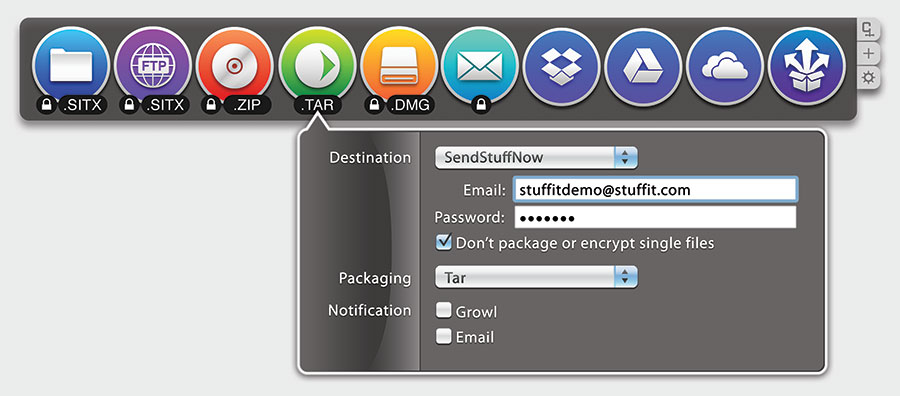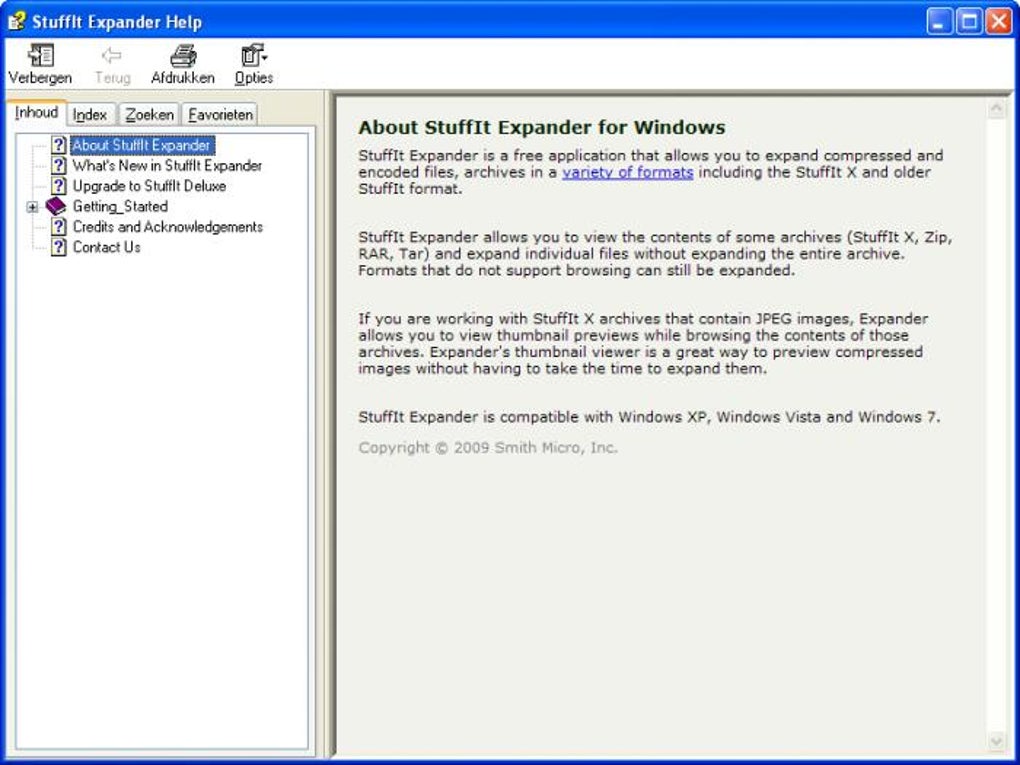


- STUFFIT EXPANDER FOR MAC 10.13 .BIN HOW TO
- STUFFIT EXPANDER FOR MAC 10.13 .BIN FOR MAC OS X
- STUFFIT EXPANDER FOR MAC 10.13 .BIN MAC OSX
STUFFIT EXPANDER FOR MAC 10.13 .BIN MAC OSX
Set Java 7 as default JVM on Mac OSX Mountain Lion.

When I ran eclipse, I still got the same error ("Version 1.6.0_65 of the JVM is not suitable for this product. I installed it with no apparent problems.
STUFFIT EXPANDER FOR MAC 10.13 .BIN FOR MAC OS X
So, I downloaded Java for Mac OS X Recommended Version 8 Update 45 from. Problem How do I configure Oxygen XML Editor to run with the version X of the Apple Java virtual machine on my Mac OS X computer? Solution Oxygen XML Editor uses the first JVM from the list of. no matter what I do, my machine is always running 1.5. I have tried software update, I've tried downloading the update and installing it manually. Oracle Java SE 8 Update 20 Mac OS X Lion, Mac OS X Mountain Lion, Mac OS X Mavericks, and Mac OS X Yosemite.
STUFFIT EXPANDER FOR MAC 10.13 .BIN HOW TO
How to change your Java Virtual Machine (JVM) version?. The following table lists the recommended* Java versions. Library/Java/JavaVirtualMachines is a slot. These JVM will be available to all users. Here you could have only one JVM by family, i.e. You may have noticed many different paths for the JVM on your Mac: /System/Library/Java/JavaVirtualMachines is the path where Apple install the system JVM. The download from which installs in /Library/Internet Plug-Ins is only the JRE, for development you probably want to download the JDK from and install that instead. If you don't see a 1.7 VM in the list then it's not been installed correctly. This command is built-in to mac OS X, and will list all the known java environments available. To do this you do: /usr/libexec/java_home -verbose. Firstly, you need to verify that you've installed the 1.7 or newer JVM. A potential solution to your problem might be to uninstall Java6 (provided by Apple itself) and only have Java7 installed in your system. class file does not contain code that is native to your processor it instead contains bytecodes - the machine language of the Java Virtual Machine (JVM). For me, this resulted in the following Folder. Downloading and installing the current Java Development Kit (JDK) did enable Eclipse to install successfully. Updating the Java version though the Java control panel updates the default system JVM, but the Eclipse installation does not appear to recognize this. Note: You can also download legacy Java SE 6 from Apple if you're using an app that specifically requires this unsupported, out-of-date version. If an app or webpage you want to use asks you to install Java software, you can download the current version of Java for OS X directly from Oracle's website. So I'm trying to use Eclipse, but when I launch it, I'm told that I need to use JVM 1.7 or greater on my Mac. Go to the Update tab in Java Control Panel and click on Update Now button that brings up Installer window. Launch the Java Control Panel by clicking the Java icon under System Preferences. If you do not see a Java icon under System Preferences, Java 7 or later versions is not installed. Mac OS X 10.7.3 and above: Under System Preferences click on the Java icon to access the Java Control Panel which will list your Java version.


 0 kommentar(er)
0 kommentar(er)
